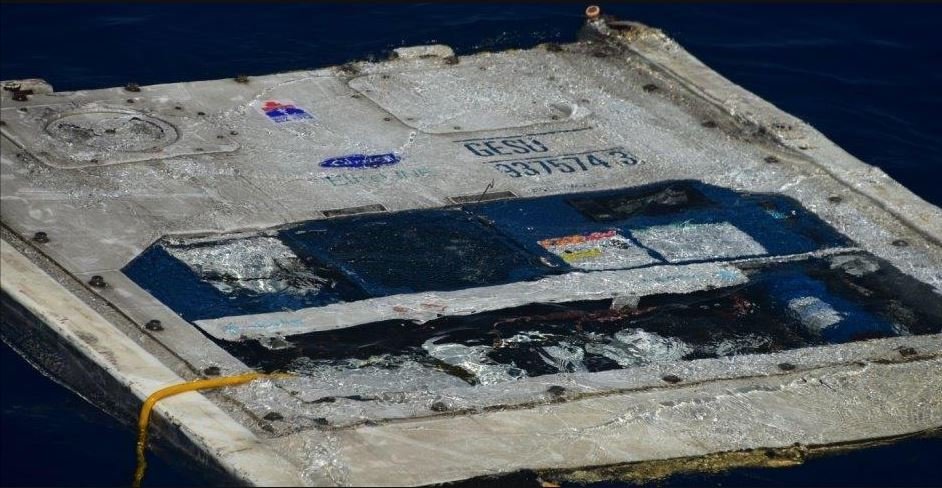The U.S. Navy, using a remotely controlled submersible operating almost 3 miles below the ocean’s surface, has identified the cargo ship El Faro, Navy spokesman Christopher Johnson said Monday.
The National Transportation Safety Board confirmed the identification.
Search crews using sonar over the weekend found wreckage that appeared to resemble a 790-foot cargo ship in an upright position, the NTSB said. The Navy used a special sub, the CURV 21, to positively identify the wreckage as that of El Faro, Johnson said.
Now, families have the answer they’ve been seeking for more than a month.
A crew on the USNS Apache had been working since Sunday to confirm the wreck’s identity. The CURV 21, which is outfitted with a video camera, is also searching for the ship’s data recorder. There was no immediate word on that.
Lashawn Rivera was a crew member aboard El Faro. His relative, Barry Young, told CNN affiliate WJXT on Sunday he was glad that the ship’s wreck may have been found.
“We’re just hoping for closure totally on this issue,” he said.
The NTSB has said that the CURV 21’s mission is expected to last 15 days under optimal conditions.
Presumed dead
The 40-year-old U.S.-flagged El Faro was headed to Puerto Rico from Jacksonville, Florida, and went missing near the Bahamas on October 1 with 33 people on board.
The owners of El Faro said the captain had a “sound plan” to avoid Hurricane Joaquin, but the ship’s main propulsion failed, stranding the crew in the path of the Category 4 storm.
The ship’s 28 American crew members and five Polish nationals are all presumed dead. One body was found during a Coast Guard search of the sea surface in the days after the ship disappeared.
For nearly a week, helicopters, planes, as well as Coast Guard and private ships scoured the Atlantic Ocean for signs of the ship.
Deep-sea search
The deep-sea search for El Faro’s wreckage and its data recorder, or “black box,” began over a week ago. After three days with no sign from the box’s pinger signal, searchers on Wednesday used a sonar searcher to get impressions of the ocean bottom.
Again, no sign. Three days of searches passed. Then on Saturday, a breakthrough — a large object 2.8 miles down. And it was near the El Faro’s last known position.
“The target identified by Orion (side-scan radar) is consistent with a 790-foot cargo ship, which from sonar images appears to be in an upright position and in one piece,” the NTSB said.
The NTSB said the USNS Apache crew found the wreckage at 1:36 p.m. ET.
Recorded call with captain
In a recorded call, the ship’s captain reported a marine emergency early on October 1. Capt. Michael Davidson said the hull had been breached, a scuttle blown open, and water had entered El Faro.
Engineers were unable to get its main propulsion going again.



